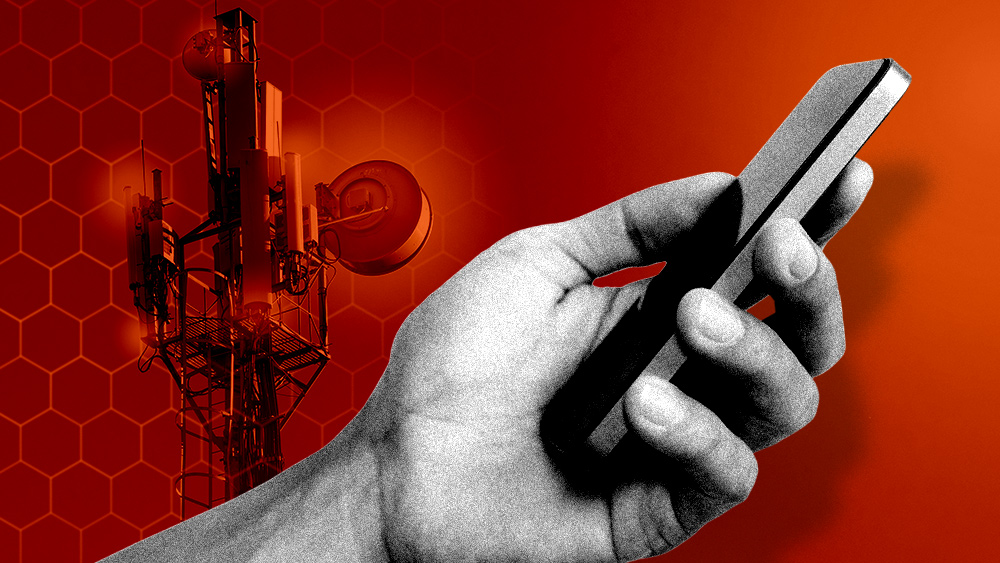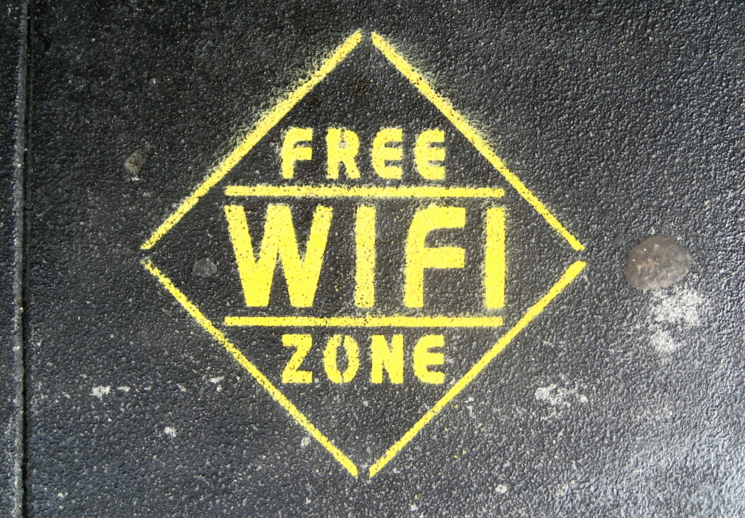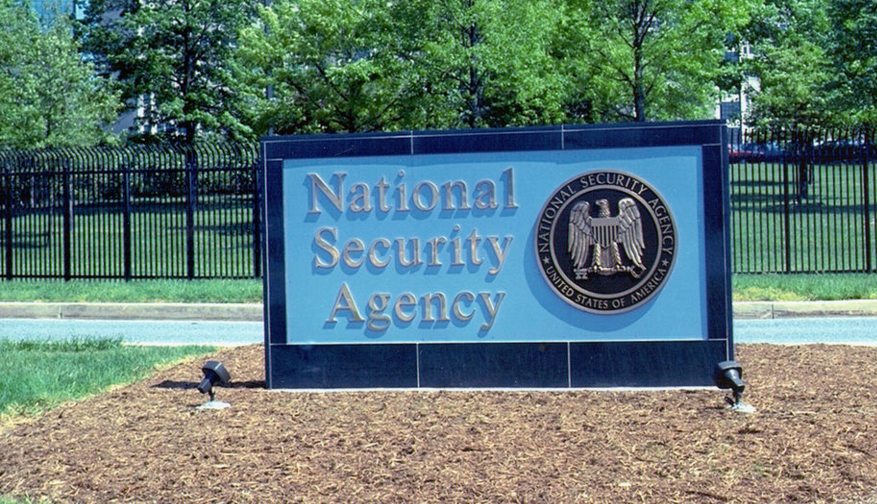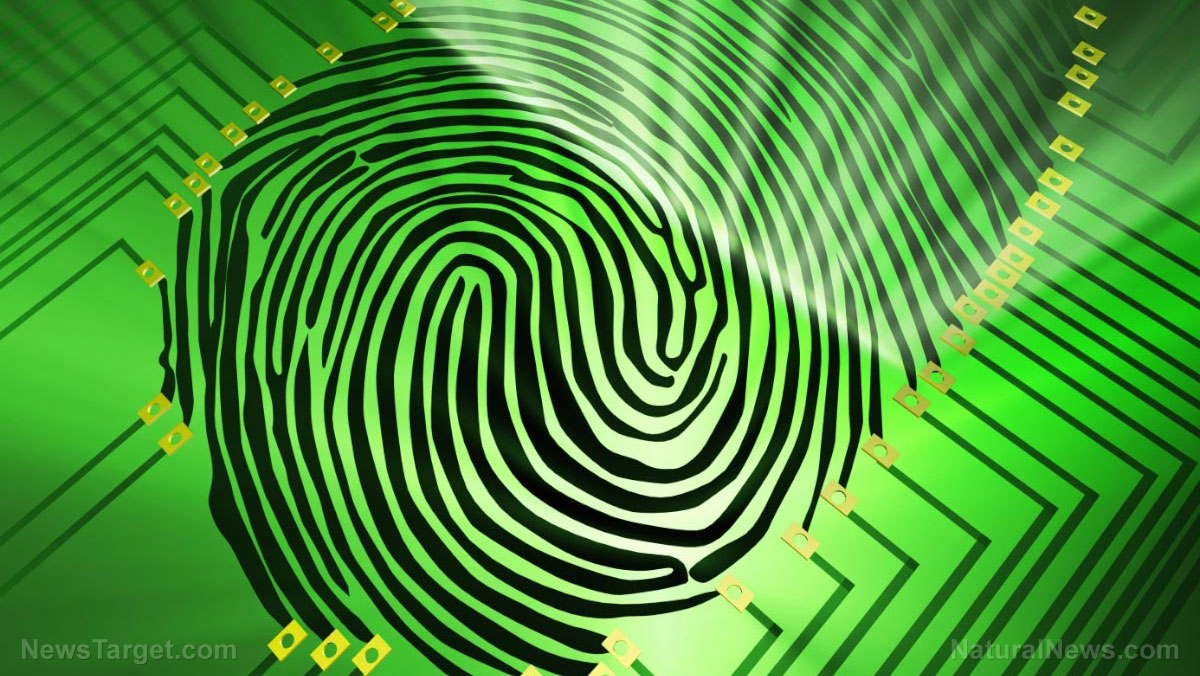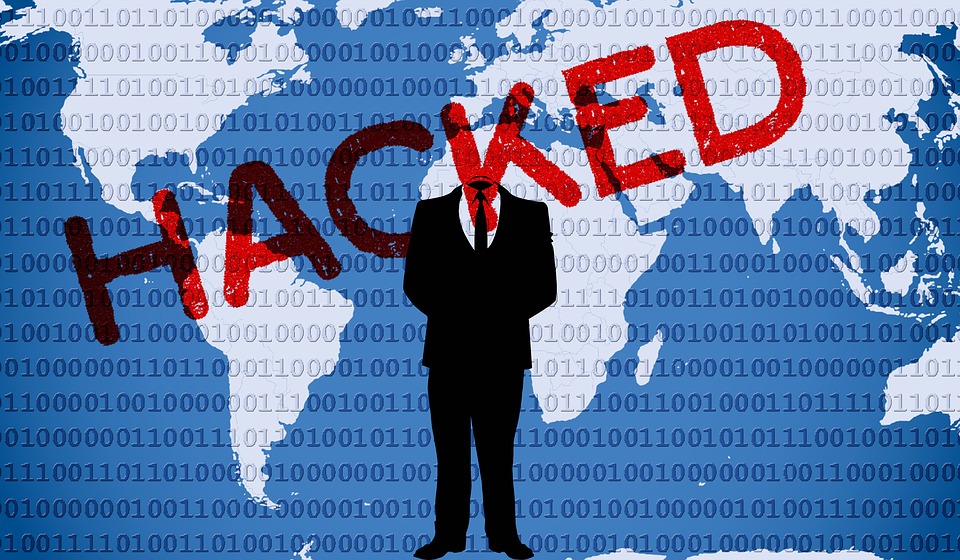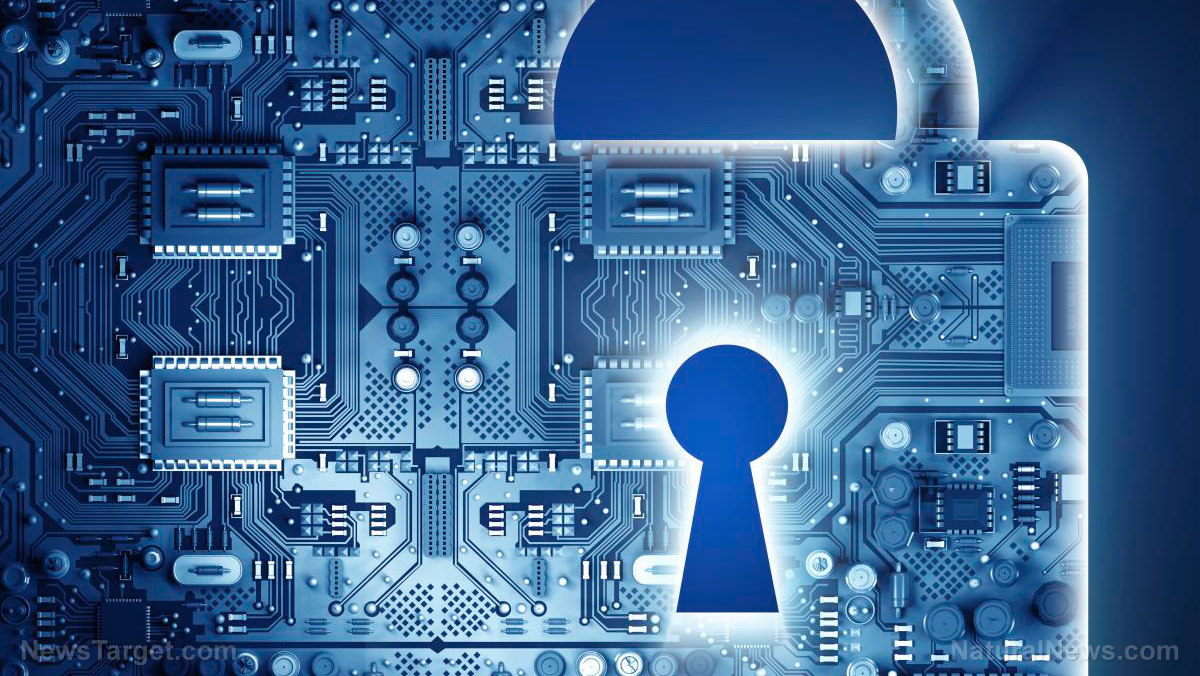Voting machine vendor admits that remote-access software was installed on “some” systems
07/19/2018 / By JD Heyes
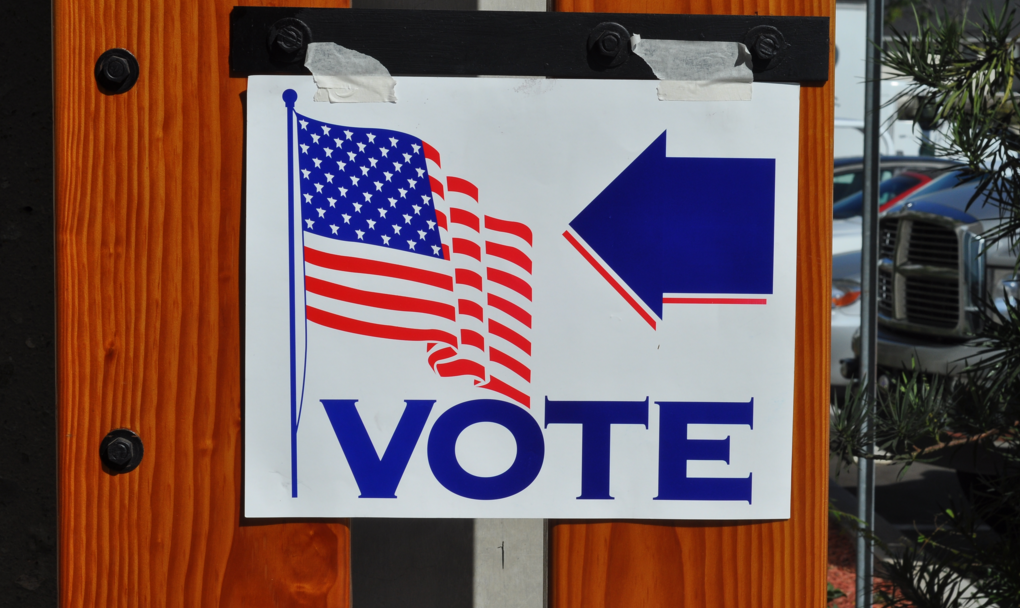
Officials with the top maker of electronic voting machines have come out and admitted that back-door remote-access software was installed on at least “some” equipment after initially denying it.
As reported by Motherboard, in an April letter to Sen. Ron Wyden, D-Ore., officials with Election Systems and Software (ES&S) acknowledged that the company “provided pcAnywhere remote connection software…to a small number of customers between 2000 and 2006,” installed on election-management equipment sold to them.
In February, The New York Times reported that ES&S denied that remote access software had been installed on any of its machines. “None of the employees … including long-tenured employees, has any knowledge that our voting systems have ever been sold with remote-access software,” a spokesperson for the company said.
Why the company suddenly changed its initial claim between February and April is unclear, Motherboard noted. But the article’s author, Kim Zetter, speculated that it could be because lawmakers have the power to subpoena witnesses and compel testimony from them as well as the production of documents pertinent to ongoing investigations. And given that there is so much attention focused on Russian ‘hacking’ and meddling during 2016 election as well as the upcoming 2018 midterms, the issue is obviously of top concern to many lawmakers at present.
Zetter noted further:
ES&S is the top voting machine maker in the country, a position it held in the years 2000-2006 when it was installing pcAnywhere on its systems. The company’s machines were used statewide in a number of states, and at least 60 percent of ballots cast in the US in 2006 were tabulated on ES&S election-management systems. It’s not clear why ES&S would have only installed the software on the systems of “a small number of customers” and not all customers, unless other customers objected or had state laws preventing this.
The electronic balloting firm told Wyden that it no longer installed pcAnywhere software in voting machines after December 2007, following the release of new voting system standards from the Election Assistance Commission, the regulatory agency with authority regarding U.S. election systems.
The new standards said that voting machines could only be equipped with software capable of managing actual voting and tabulation.
Machines weren’t “air-gapped”
There is a difference between election-management systems and actual electronic balloting terminals, yet they are every bit as important. They are generally situated in county offices where elections are monitored and they come with software that, in some instances, is used to program each voting machine throughout the county. Such systems also add up the results collected from all voting machines. (Related: Voter fraud investigation: Trump criticizes Left-wing states over failure to comply with voter commission’s information requests.)
“Software like pcAnywhere is used by system administrators to access and control systems from a remote location to conduct maintenance or upgrade or alter software,” Zetter wrote. However, election-management machines and actual balloting terminals are not supposed to be interconnected electronically; they are supposed to be “air-gapped” for security purposes, meaning they are not supposed to be connected to the Internet and become vulnerable to hackers and potential manipulation.
Customers of ES&S who obtained machines equipped with pcAnywhere came with modems so technicians who wanted to troubleshoot or otherwise repair systems could dial in remotely.
Handy, but that also created a place for hackers to get into those systems as well.
In an interview with Zetter, Wyden said that the installation of pcAnywhere on election-management systems “is the worst decision for security short of leaving ballot boxes on a Moscow street corner.”
Hyperbole aside, there’s no indication that any ballots have ever been changed, and Deputy Attorney General Rod Rosenstein reasserted that recently.
Still, this is another great argument for “balloting reform” — that is, the resumption of manual voting machines using paper ballots.
Read more about vote fraud at VoteFraud.news.
J.D. Heyes is a senior writer for NaturalNews.com and NewsTarget.com, as well as editor of The National Sentinel.
Tagged Under: cyber war, democracy, election systems management, elections, electronic balloting, hacking, internet, modem, risk, Ron Wyden, vote fraud, voting fraud, voting machines


